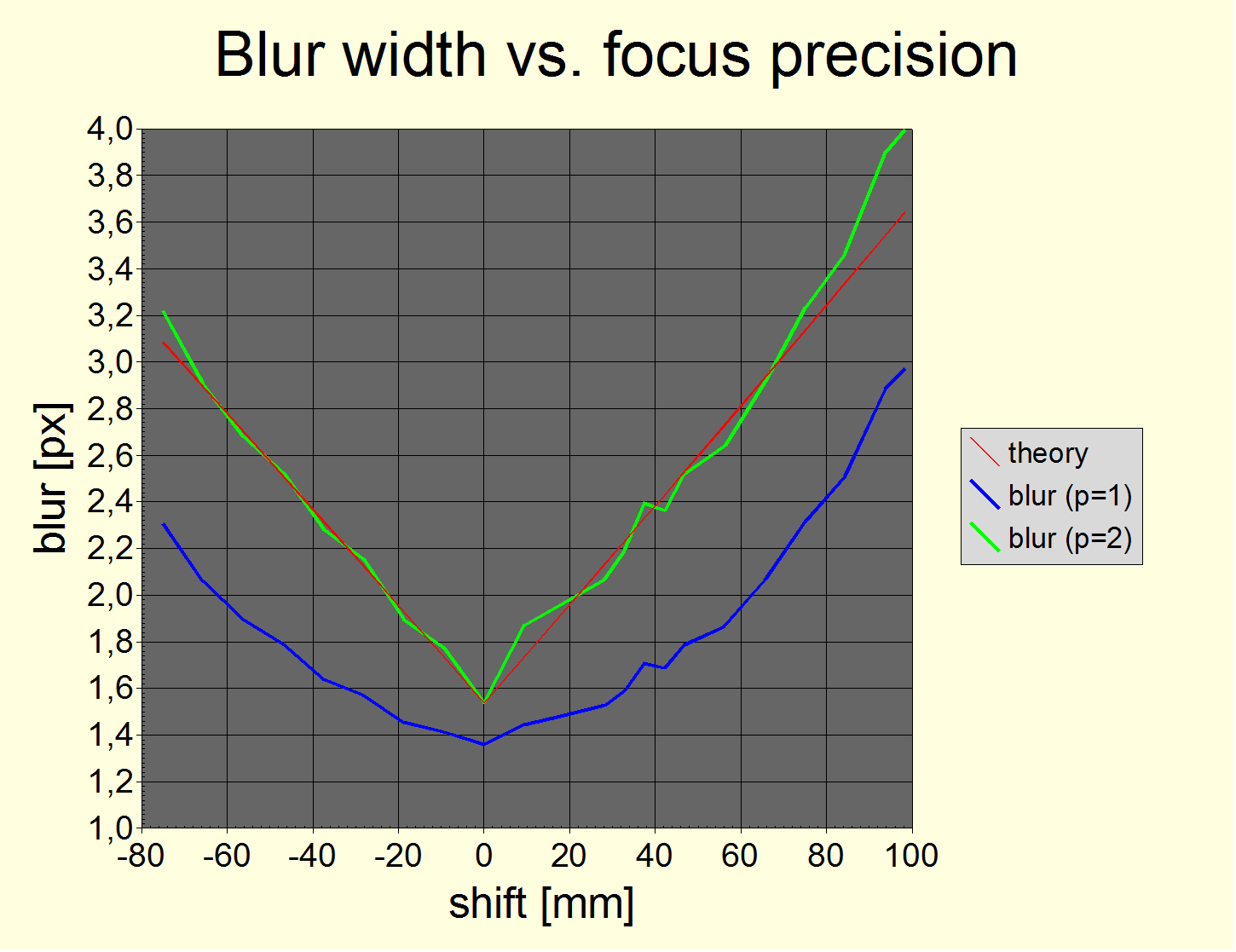LumoLabs website
We changed the layout of our site too.
LumoLabs is now at www.falklumo.com/lumolabs and hosts a repository of articles.
Therefore, we will use the blog to announce new articles or important updates to followers and interested parties. And to enable their discussion.
The actual articles are not posted as a blog article as its format was deemed unsuitable. But you'll find links to both the online article and a printable PDF version. If possible, we always recommend to download and read the PDF version. The PDF version does update more frequently too ;)
Understanding Image Sharpness

(Sample chart form the article)
Hint: The article image URLs actually open as larger images as they appear embedded in the article.
This article is a recommended read for anybody loving to dig into technology and who isn't afraid of a bit of math.
It's abstract and table of contents is:
Abstract
This White Paper is one in a series of articles discussing various aspects in obtaining sharp photographs such as obtaining sharp focus, avoiding shake and motion blur, possible lens resolution etc. This paper tries to provide a common basis for a quantitative discussion of these aspects.
Table of Content
1. Measures
1.1. Modular Transfer Function
1.2. Blur
1.2.1. The hard pixel
1.2.2. The perfect pixel
1.2.3. The real pixel, sharp and soft
1.3. More realistic resolution measures
1.4. Combining blur
2. Sources of blur
2.1. Defocus
2.1.1. Ability of deconvolution operators to reduce defocus blur
2.2. Bayer matrix and anti aliasing
2.3. Diffraction
2.4. Lens aberrations
2.4.1. Defocus, Spherical aberration, Coma, Astigmatism
2.5. Shake
2.5.1. Measuring shake
2.5.2. Expected shake
2.5.3. Empirical results
2.5.4. Tripod classification
2.6. Motion blur
2.7. Noise
2.8. Atmospheric perturbations
2.9. Precision and calibration
3. Practical considerations and examples
Please, proceed here:
- Online article (same as click onto blog title)
- PDF print version


